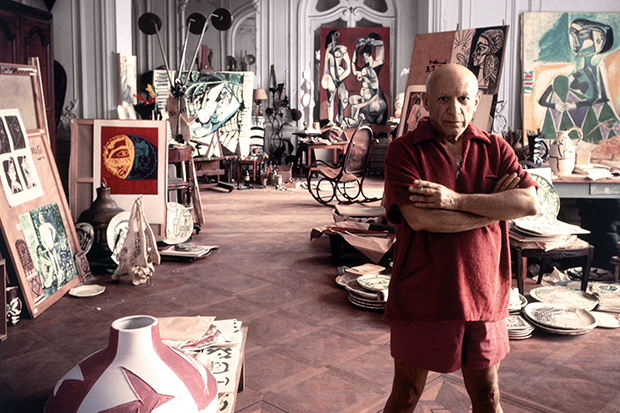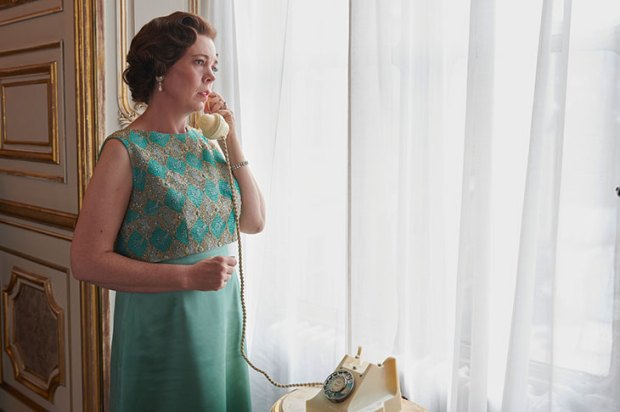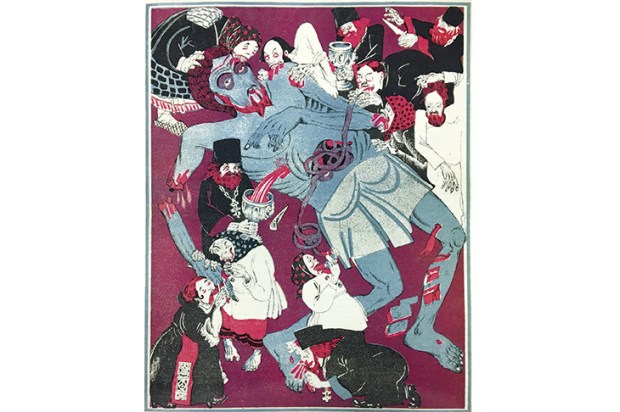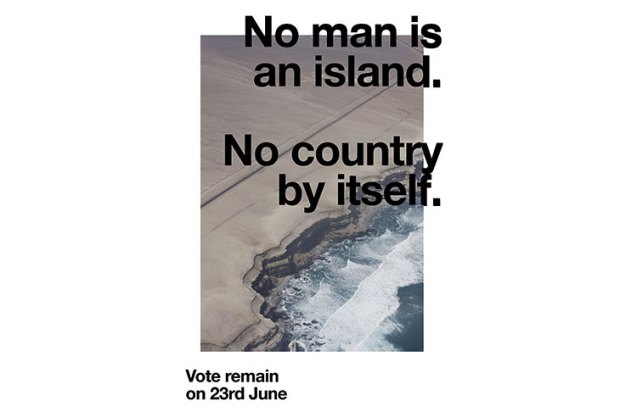A big misunderstanding about art is that it excites serene meditation and transcendent bliss. But anyone who has worked in a public museum or a commercial gallery knows that this is untrue. The moral climate of the contemporary art world would embarrass the Borgias.
Art excites peculation, speculation, back-stabbing, front-stabbing and avarice while fuelling nasty spats about attribution and ownership between heirs, relatives, executors and collectors. Nowhere is this more comically apparent than in the matter of artists’ estates. Once a private concern of family and lawyers, the ‘artist’s estate’ is becoming recognised as a tangible and valuable entity that needs professional management just like any other financial asset.
Art history is an essentially German discipline and one of its precious concepts is Nachleben, or afterlife. Once afterlife meant earnest studies about the survival of classical gods in medieval iconography, or some such. Now it applies to building reputations and managing legacies. Artists, even the second-rate ones, are increasingly aware of this. With the voodoo of brand management, scientific investment stratagems and the alchemy of adroit PR, artists’ estates are being monetised.
There is a very particular context: the market for Old Masters is in abrupt decline and Rembrandts can be hard to sell, but demand for contemporary art is hard and strong. Critics no longer determine value; that is the job of art consultants and financial advisers. And it is not only the art itself that has value. Look at all that detritus of old magazines, champagne bottles and torn-up books in the famous photographs of Francis Bacon’s Reece Mews studio. Properly managed, rubbish has value too.
Hyper-rich global nomads, culturally ill at ease with Old Masters, see contemporary art as the ultimate luxury product. Any merely rich person can afford a private jet — a Cessna Citation Longitude is about $26 million — but you need real money to buy a Giacometti or Jeff Koons. But what is there to say of a world where the execrable Koons is worth more than the sublime El Greco? Well, one thing you can say is that Koons understands brand value while El Greco was preoccupied with loftier thoughts.
Picasso is the benchmark here. As Bernd Kreutz explained in his brilliant book, Die Kunst der Marke (2003), the painter soon realised that the given name of Pablo Diego José Francisco de Paula Juan Nepomuceno María de los Remedios Cipriano de la Santísima Trinidad Ruiz y Picasso might helpfully be abbreviated. Thus he became the brand ‘Picasso’. John Berger described in The Success and Failure of Picasso (1965) how the artist scrupulously managed production and distribution, holding back many works so as not to dilute his currency.
Then, rather like Detroit did with planned obsolescence, Picasso kept collectors alert and hungry with a bewildering procession of new styles. He understood the media and cultivated influential contacts, notably Gertrude Stein. And he controlled his own image, allowing only personally anointed photographers, Robert Doisneau and Irving Penn for example, to take his picture.
But Picasso died intestate because he had a crafty peasant’s superstition that making a will acknowledged his human fragility and inevitable demise. So seven heirs had to squabble over the 45,000 or so works he left behind. Mark Rothko’s family had a similar problem with the mere 800 canvases that comprised his estate: the painter had no commercial ambitions for his pictures and after his 1970 suicide his gallery, executors and his foundation began a squalid dispute that still rumbles on today. The New York Court of Appeals found it all ‘manifestly wrongful and indeed shocking’.
Of course, artists have always gone where the money is: the mystical El Greco had his rich and royal patrons. And the canniest contemporary artists have all worked like Picasso. As if an exclusive Mercedes-Benz S-Class, Paul Klee used to mark some of his pictures ‘Sonderklasse’, which meant that they were not for sale, which, in turn, meant their prices rose. Salvador Dalí was careless about his legacy, but greedy for money; André Breton explained that his name was an anagram for ‘Avida Dollars’.
Henry Moore, a shrewd Yorkshireman, thought Rodin and Maillol had reduced the value of their estates by failing to limit editions of their work. And then, of course, there was Warhol, who believed that making money was the most beautiful thing in the world. His estate managers had a notorious ‘Authentication Board’, an aesthetic secret police, but one whose job involved rubber-stamps, not rubber coshes. Often, tear-stained collectors left board meetings with a ‘DENIED’ stamp on the back of their picture.
This sinister and absurd board met thrice yearly in the Andy Warhol Estate Building on West 20th Street. Their problem was that, given the industrial nature of his art, it is very easy to fake a Warhol. And they never explained their judgments, since that would assist forgers. Whatever the reality might have been, that created a rotten perception as the Authentication Board was linked to the Warhol Foundation, which had a commercial interest in keeping prices high: taking stock, even authentic stock, out of circulation achieved that. There were cases when the very same picture was ‘DENIED’ when presented by one individual, but accepted when represented by a spiffy gallery. ‘None …has seemed so capricious as the Andy Warhol board. None has stirred such indignation, such loathing, and such fear,’ wrote Michael Shnayerson in Vanity Fair. The Warhol Authentication Board dissolved itself in 2012, fearful of litigation.
Although Moore and Warhol cleverly anticipated current market conditions on Parnassus, viewed as a business, artists’ estates are rather inchoate. But that is now changing. Goethe said that genius is the ability to put form on the indeterminate, and maybe the genius of this new awareness is Loretta Würtenberger, who has a PhD in copyright law from the Max Planck Institute. Dr Würtenberger founded the Institute for Artists’ Estates in Berlin earlier this year.
I visited her in an expensive but charmless West End hotel to discuss. Far from being an intimidating academic lawyer, Dr Würtenberger is tall and elegant with a disturbing resemblance to the unreasonably attractive Princess Caroline of Monaco. Speaking very confident English with an American accent, it’s impossible to decide whether she is an art-world poacher or a gamekeeper.
And she is impressively frank about not knowing quite what she is doing, although well aware too of the maxim ‘If I knew what I was doing it would not be research.’ Instead, Dr Würtenberger’s plan is to do as much Forschung and Entwicklung as she can, creating an international database and expert resource on how artists’ estates can best be managed. One assumes the Warhol Estate will not be regarded as best practice. Or, then again, perhaps it will. Amazingly, there is at the moment no formal research on the subject.
So we are at the beginning of a process. In her new book, Dr Würtenberger writes that any artist’s estate ‘combines the artworks bequeathed. But does it also include drafts, notes, or perhaps even the can of paint left in the studio? And what about copyrights or inconvenient matters such as inheritance tax?’ And, of course, given the collectability of ephemera, the notion of an artist’s estate applies to musicians and writers as well as to painters. I was tempted to ask what my old Post-it notes, Muji notebooks, USB sticks, bar bills and taxi receipts involved in this article might be worth but, instead, our conversation went another way.
Once you include solid ephemera and the precious intangibles of ‘brand’ in the calculation of what an artist’s estate comprises, there is everything to play for. Artists’ legacies were once in the hands of often ferocious and controlling widows, the crafters of posthumous personality cults who bent history by editing, sometimes by destroying. I like it that Vivienne Eliot poured hot chocolate through Faber’s letterbox when she felt she was not having her way. Mozart’s Constanze? Joyce’s Nora Barnacle? What value did Nora add to his estate by insisting that her ‘Jim’ should have kept to singing and not written so many unreadable books?
Even though her husband died before she was 32, Alma Mahler held on to Gustav’s name even as she wedded or bedded a legion of German-speaking artists, architects and poets. He had left her a scrupulously managed $100,000 in New York. Shostakovich’s Irina Supinskaya? Jackson Pollock’s Lee Krasner? Lennon’s Ono? Machinations often kept reputations high, but were sometimes unscientific in matters of cash value.
So now we have Dr Würtenberger’s institute assisting with brand strategy, climbing legal frameworks, wrestling with museums and arguing with academia, where before opportunist collectors or vengeful harpies controlled the legacy process. She actually said ‘praxis’ to me, then twinkled her eyes, rattled her jewellery and smiled. She is on to something. I think this is exactly as it should be: if curators can become creative artists, why not lawyers too?
With more research from Dr Würtenberger we will soon have an answer to the old question ‘What is art?’ But I can anticipate the findings. Art is money. Lots of it.
The post Estate agent appeared first on The Spectator.
Got something to add? Join the discussion and comment below.
Get 10 issues for just $10
Subscribe to The Spectator Australia today for the next 10 magazine issues, plus full online access, for just $10.
You might disagree with half of it, but you’ll enjoy reading all of it. Try your first month for free, then just $2 a week for the remainder of your first year.














Comments
Don't miss out
Join the conversation with other Spectator Australia readers. Subscribe to leave a comment.
SUBSCRIBEAlready a subscriber? Log in